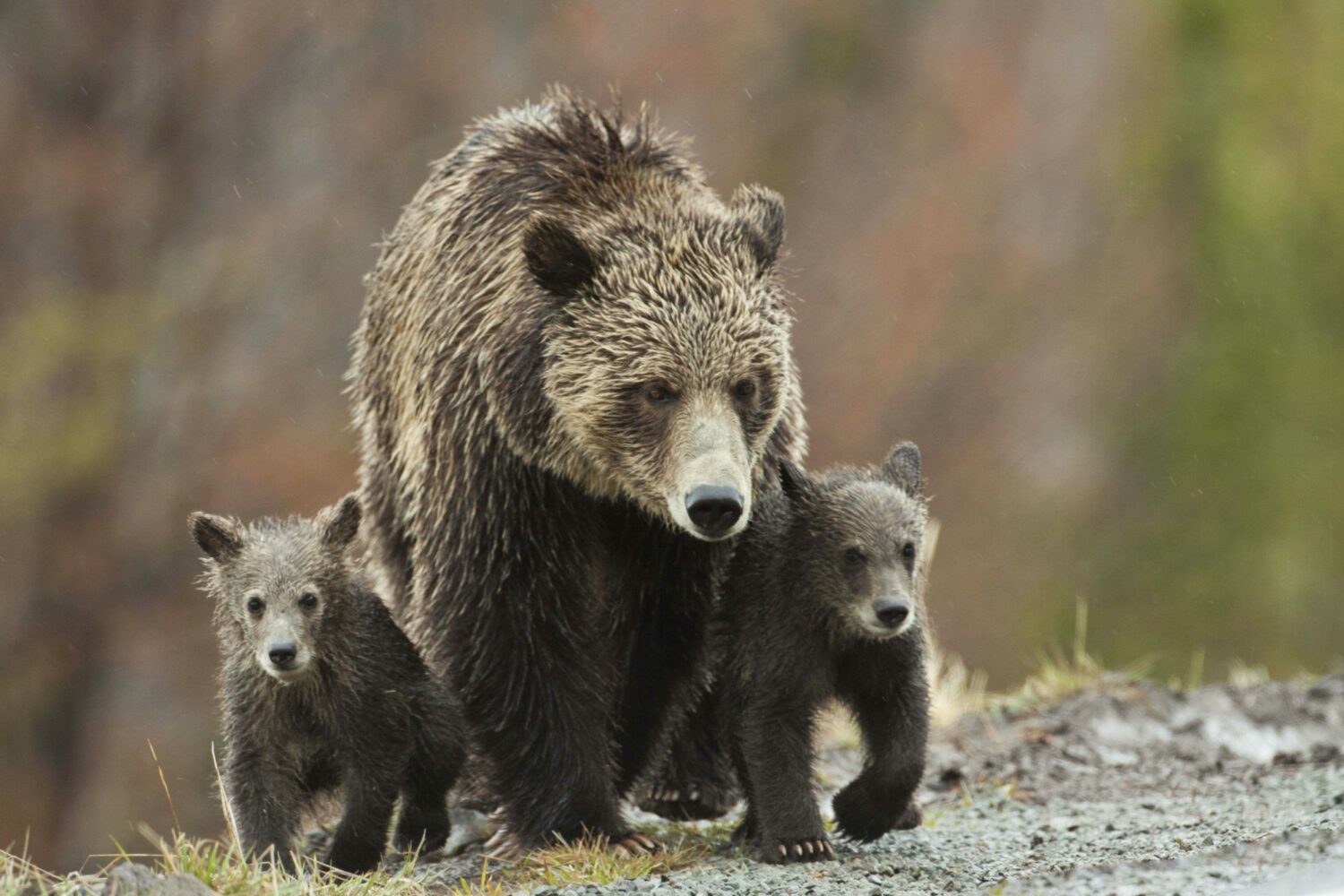
Animal Safety Tips in Montana's National Parks
06/29/2021
Montana's national parks are bucket-list destinations for a very good reason. Wildlife plays a large part in that, providing visitors with viewing opportunities that zoos and showings of Planet Earth can never quite live up to. But with close proximity to potentially dangerous wild animals comes the responsibility to know how to avoid an interaction. Here are a few animal safety tips to keep in mind when visiting Montana's national parks.

Keep Your Distance
It might seem cool to take a stick selfie with a mountain goat at Logan Pass or with a bison in the Lamar Valley, but that could hit you big, whether with injury or a fine from law enforcement. Park rules require that you keep a distance of 100 yards from predators like bears and wolves and 25 yards from other animals like bison, mountain goats, and deer. That means baby bison should stay far away from the trunk of your car! If you have concerns about the health and well-being of an animal in the park, note your location and report the situation to park staff.
Carry Bear Spray
Bear spray is one of the best deterrents if you find yourself interacting with a large mammal. This high-concentration pepper spray works on animals other than bears, too. You can sometimes find the canisters available for rent from spots near national parks, but it's well worth the assurance to buy your own. The spray can snap a bear out of a charge when used correctly, so attend a ranger program on proper use or watch a few how-to YouTube videos before you hit the trails. And no, it doesn't work like bug spray, so be sure not to apply it to yourself.

Communicate With the Pros
If you have questions or concerns about animal encounters, there are no better resources than the national park rangers. Whether you want to cover the basics or just know more about recent animal activity along your proposed hiking route, stopping in at a visitor center or giving the park information line a call will go a long way toward being prepared.
Obey Posted Closures
If a trail or campground is closed, it's always for a good reason. Be sure to read all signs posted in an area, and follow them to the letter. Even if that hike has been on your bucket list for years, there are plenty of other beautiful walks to take. And keep in mind, a negative interaction between you and an animal might be harmful to more than just you. The animal or others in the area could also be impacted, or even cost a life.

Make Noise
Bears and other wildlife are smart, and most of them associate human noises with bad news. So while you hike through the national parks, keep up a lively conversation with your hiking buddy, or sing to yourself. Artificial sounds like bear bells (rangers call them dinner bells) and music played over speakers don't work so well. They can even spark an animal's curiosity about the sound and potentially draw them closer. Your own voice works best as a deterrent.
Maintain Proper Food Storage
Food storage should be top of mind if you're camping near a park or out for an overnight backpacking trip. That means hanging your food bag overnight or putting it in a bear-safe container – and that goes for cosmetics and trash, too. It also means not giving Cheeze-Its to chipmunks for a photo op. When it comes to keeping wildlife wild, we all have a role to play in Montana.
For more on how to make the most out of your Montana national park vacation, the Highline Adventures blog is your resource for trip planning and inspiration.